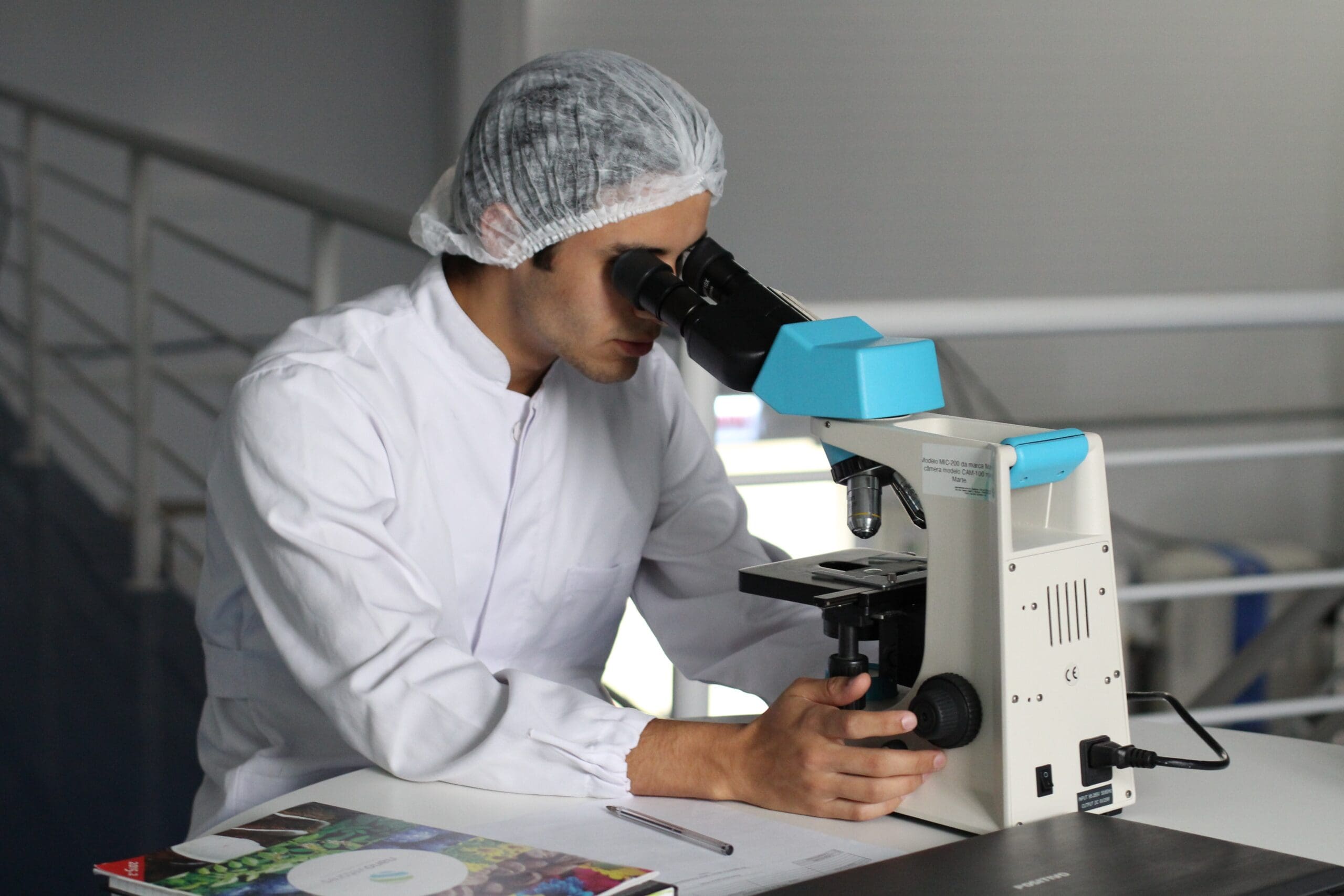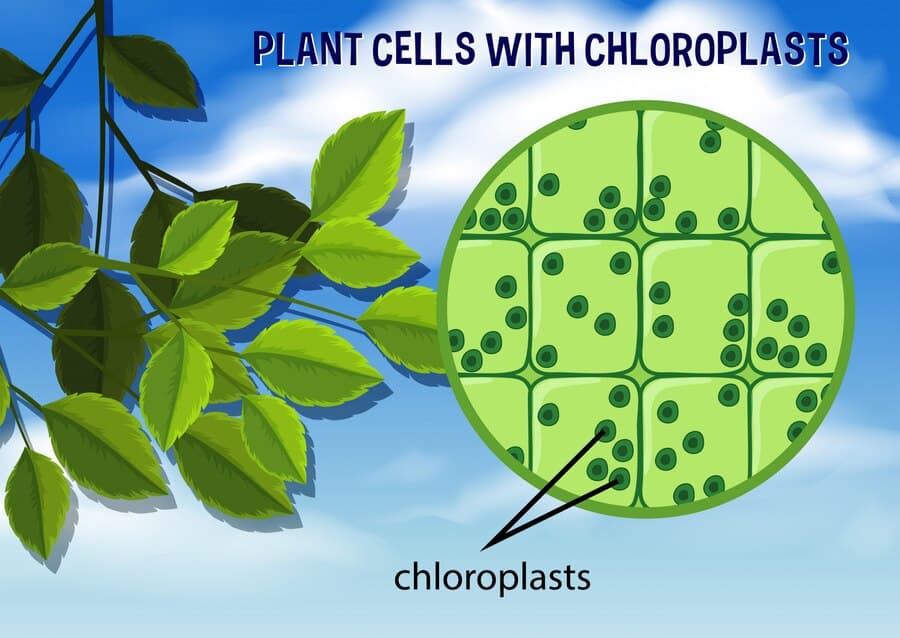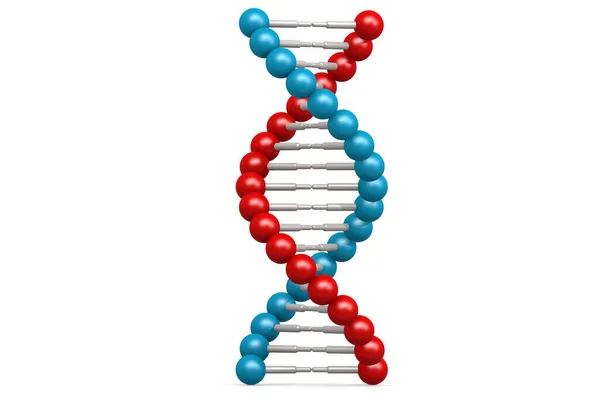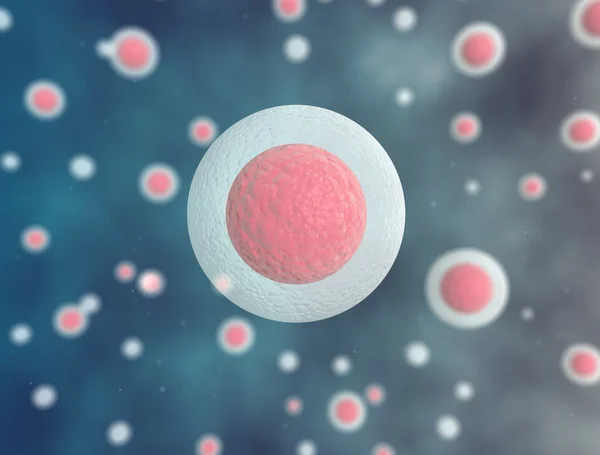
Cells Facts for Kids – 8 Interesting Facts about Cells
Have you ever thought about what our bodies are made of? Here are eight interesting cells facts for kids.
Table of Contents
Cells Facts for Kids Fact Number 1: You can’t see a Cell without Magnification
Cells can come in all different sizes and can vary in length from 1 to 100 micrometers. The size of a cell can be compared to a single strand of hair. but most are so small that they are not visible to the naked eye. In fact, the average animal or plant cell is only about 10 to 30 micrometers in size, which is 10-30 millionths of a meter.
Some cells, like red blood cells, are even smaller, measuring just 7-8 micrometers in diameter. Bacteria and other microorganisms can be similarly small. We can see strands of hair because they are in a line, a cell is a single dot and is, therefore, harder to see. For this reason, we need to use a microscope to see most cells.
To put the size of a cell into perspective, consider that a single grain of sand is roughly a thousand times larger than a typical cell. This minuscule scale is what makes studying cells so challenging without the aid of microscopes.

Cells Facts for Kids Fact Number 2: There are Two Types of Cells
The two types of cells are animal cells and plant cells.
Animal cells help make animals move, think, and do all their animal things. Plant cells are like the architects of the plant world, helping plants stand tall, make food, and grow.
The difference between a plant cell and an animal cell is that an animal cell does not have a cell wall. This means animal cells can change in size and shape. Another difference is that plant cells have chloroplasts in their cells. Chloroplast contains a chemical called chlorophyll, which makes the plants green. It also helps plants make food from the sun. We call this photosynthesis.
Remember, both animal and plant cells are super important and work together to create all the living things on our planet. They each have their own special abilities that make the animal kingdom and the plant kingdom so amazing! So, whether you’re an animal lover or a plant enthusiast, you can appreciate the incredible cells that make it all possible.
Cells Facts for Kids Fact Number 3: Cells have Three Main Parts
All cells contain three main parts. These are the cell membrane, the nucleus, and the cytoplasm. The cell membrane is a thin but tough wall that surrounds the cell. It protects the cell from harmful substances. The nucleus is one of the organelles in the cell. An organelle does a specific job in a cell, like how an organ does a job for the body. It is in the center of the cell and it acts as the control center of the cell. The cytoplasm is a watery fluid inside the cell and it is where important functions are carried out in the cell.
Cells Facts for Kids Fact Number 4: Our Bodies Contain Trillions of Cells
There are roughly 30 to 40 trillion cells in the human body. The human brain accounts for over 80 million cells alone. There are more bacterial cells than human cells in the body. Some cells live longer than other cells, depending on what type of cell it is and what its function is. They can live anywhere from a few days to a lifetime. Pancreatic cells can live for as long as a year, heart muscle cells can live for up to 40 years and your brain cells will live as long as you do.
Cells Facts for Kids Fact Number 5: Groups of Cells are Called Tissues
Groups of cells that have the same structure and function can group together to form tissues. There are four main types of tissue in the human body. When tissues join together they form organs. The heart organ contains all four tissue types. When groups of organs come together they can form organ systems. For example, the heart and blood vessels make up the cardiovascular system.
Cells Facts for Kids Fact number 6: DNA in cells giving the instructions for us!
DNA is like a super important instruction manual for cells, and it’s something every kid can learn about.
DNA stands for “deoxyribonucleic acid,” but you can just call it DNA for short. Think of it as a tiny, twisty ladder or a double helix, kind of like a spiral staircase, but super, super tiny! DNA is the boss of the cell. It holds all the instructions for how the cell should work, just like a recipe book
If you could stretch out all the DNA in your body, it would be really, really long—long enough to reach the moon and back many, many times!
So, remember, DNA is the magical instruction book that tells your cells how to build you. It’s what makes you unique and plays a big part in how you look and how your body works. It’s a tiny but super important part of your body’s amazing story.
Cells Facts for Kids Fact number 7: Can’t spell team without specialised cells
In our body, we have lots of different types of cells. Each type has its own special task, just like people have different jobs in a company to make everything work smoothly. These special cells are called “specialized cells.”
- 1. Red Blood Cells: Imagine these cells as tiny postmen. Their job is to carry oxygen from your lungs to all parts of your body. They make sure your body gets the oxygen it needs to breathe and stay alive.
- 2. Nerve Cells (Neurons): Nerve cells are like messengers. They help you feel, see, and even move. They send signals super quickly, like the speediest messages ever!
- 3. Muscle Cells: Muscle cells are strong like superheroes. They work together in teams to help you move, like when you run, jump, or even smile. They’re the reason you can do all those fun activities!
- 4. Skin Cells: These are like your body’s armor. They protect you from germs and the outside world. You have lots of them, and they cover your whole body!
- 5. Bone Cells: Think of these cells as builders. They create and fix your bones, which give you a strong skeleton that helps you stand tall and run around.#
- 6. White Blood Cells: White blood cells are like your body’s defense team. They fight off germs and keep you healthy. When you have a cold, they work extra hard to make you better.
- 7. Sperm and Egg Cells: These are like a puzzle. When they come together, they create a new person! It’s like a magical meeting that makes you unique.
- 8. Leaf Cells (in Plants): In plants, leaf cells are like tiny kitchens. They use sunlight to make food for the plants in a process called photosynthesis. They’re the plant’s chefs!
So, remember, you’re made up of many different specialized cells, and they work together like an awesome team to keep you going strong
Cells Facts for Kids Fact number 8: You are always growing with cell division
Imagine if you had a box of colorful building blocks, and wanted to share them with someone else. To do that, you’d have to make a copy of the recipe to build the same blocks, right? Well, cells do something a little bit like that to make more cells.
Cells divide for many important reasons. It helps us grow, repair cuts and scrapes, and replace old or damaged cells. Just like a city needs more houses and people to grow, our bodies need more cells for different tasks.
Think of cell division as teamwork inside your body. All the cells in your body work together to make sure you grow and stay healthy. They know when it’s time to divide and when it’s time to rest.
We hope you enjoyed learning more things about cells as much as we loved teaching you about them. Now that you know how majestic the universe is, you can move on to learn about other STEM articles like Chemical Reactions, Acids and Bases, Electromagnetic Waves, and States of Matter.
Why not subscribe to our LearningMole Library for as little as £1.99 per month to access over 2800 fun educational videos.







Leave a Reply